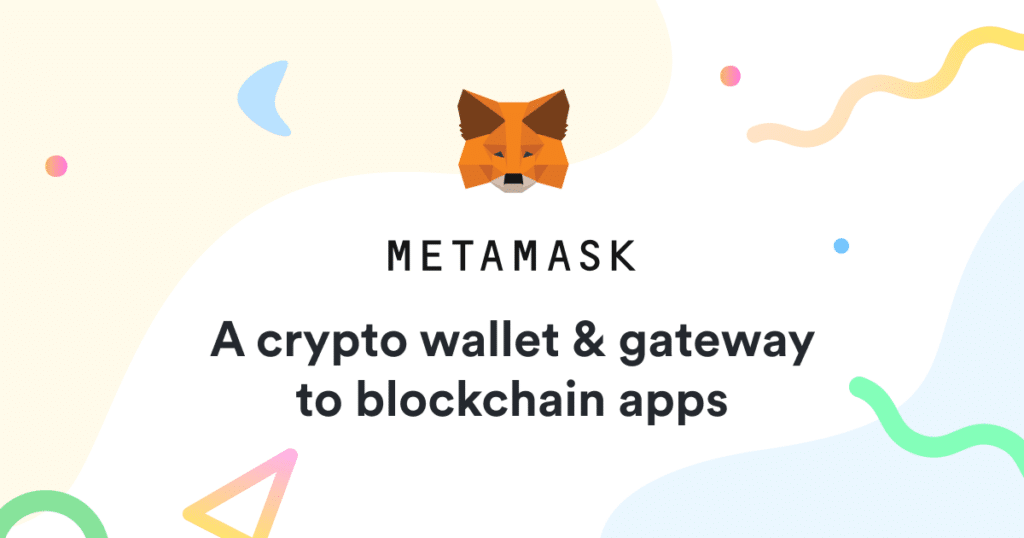

Web3 is the next evolution of the internet and it promises to bring major changes to the way we interact on the web. It’s important to understand the impact of Web3 on digital marketing and how it could shape the future of the industry. In this article, we’ll explore what Web3 is, how it differs from Web2, and its potential impact on digital marketing.
Web3 refers to the third iteration of the internet, which aims to be more decentralized, secure, and user-centric. Unlike Web2, which is dominated by large corporations such as Google, Amazon, and Facebook, Web3 gives users control over their data, identity, and online activities. Web3 is powered by blockchain technology and decentralized apps (dApps) that run on a peer-to-peer network, rather than centralized servers. Yet, the definition of Web3 is still different from one person to the other based on their industry and understanding, this is due to the fact that we are still at the very beginning of the Web3 revolution.
The Impact of Web3 on Digital Marketing
• Decentralized advertising: Web3 offers a decentralized advertising model that allows advertisers to connect with users directly, bypassing intermediaries such as Google and Facebook. This could lead to more transparent and efficient advertising, lower costs, and better targeting.
• Data privacy: Web3 gives users control over their personal data, which could impact the way advertisers collect and use data for marketing purposes. As users become more aware of their data privacy rights, they may opt to limit the amount of data they share with advertisers, leading to a shift in marketing strategies.
• Tokenisation: Web3 allows for the creation of Non-Fungible Tokens (NFTs) that can be used to reward users for their engagement, such as likes, comments, and referrals. This could lead to more meaningful and rewarding interactions between brands and consumers.
• Community-driven marketing: Web3 enables the creation of decentralized communities where users can interact and transact with each other. This opens up new opportunities for community-driven marketing, where brands can engage with users through these communities and leverage their influence to drive sales and engagement.
Examples of Web3 in Digital Marketing
• Brave Browser: Brave is a privacy-focused browser that blocks third-party trackers and allows users to earn rewards for viewing ads. This is a prime example of a decentralized advertising model that aligns the interests of users, advertisers, and publishers.
• Mirror: Mirror is a decentralized platform that allows users to share their data with brands in exchange for tokens. This is an example of a more user-centric data privacy model that empowers users to control their data and benefit from it.
• Binance Launchpool: Binance Launchpool is a platform that allows users to earn rewards for staking and supporting new projects. This is an example of tokenization in digital marketing, where brands can reward users for their engagement and loyalty.
What defines Web3 and how can companies implement a Web3 product?
The core definition of Web3 continues to change as the dynamic of the ecosystem evolves. However, the one consistent factor that contributes to defining a Web3 user is the ownership of a crypto wallet. There are two types of wallets that users can utilise to store their cryptos and NFTs.
• Custodial Wallet: when we refer to a wallet as “Custodial” it means that the ownership of the wallet is with the platform, meaning that the funds in the wallet can be utilised by the platform itself. For example, centralised exchanges like Binance offer users custodial wallets to hold their funds, this means that Binance can utilise the funds in these wallets as they own the “Private Keys” which allows them to transact from these wallets with no restrictions.
• Non-Custodial Wallet: when we refer to a wallet as “Non-Custodial” it means that the ownership of the wallet is with the users themselves, meaning that the user owns the private key and can utilise the funds as they please. For example, users that create a Metamask wallet get their own private key which allows them to move the funds as they see fit, allowing them to have full ownership on their cryptos and NFTs. In Non-Custodial wallets there is no 3rd party involved and the funds are completely owned by the users.
When companies implement Web3 products, it is recommended that they stay away from custodial wallets as they can impose risks on the business because the business holds the users funds and are responsible for their safety. Companies can integrate solutions that allow Web3 users to connect their non-custodial wallets directly onto the platform and utilise it freely, the funds are completely safe and the user is responsible for all the transactions out of the wallet as they hold their own private key.

Risks of Neglecting Web3 in Digital Marketing
As Web3 continues to gain traction, it’s crucial for digital marketers to stay informed and up-to-date with its developments. Neglecting Web3 could have significant consequences for businesses that rely on digital marketing to reach their target audience.
• Losing market share & missing opportunities: As more users adopt Web3 and shift their attention to decentralized platforms, businesses that ignore Web3 risk losing market share to competitors that are embracing the technology. Web3 offers new opportunities for digital marketing, such as decentralized advertising, tokenization, and community-driven marketing. By neglecting Web3, businesses risk missing out on these opportunities and losing their competitive edge. As the digital marketing landscape evolves, businesses that fail to adapt risk stagnant growth and becoming irrelevant. By embracing Web3 and incorporating it into their marketing strategies, businesses can ensure their continued growth and success.
• Reputational damage: Web3 puts a premium on data privacy and user control, and businesses that ignore these trends risk damaging their reputation and losing the trust of their customers. Especially as we move wards this innovative technology we can see that the main issue that Web3 is trying to resolve is transparency. With more and more brands entering the Web3 space, customers are understanding the benefits and positive impacts of Web3 and will demand it from others at some stage.
Gary Vaynerchuk, entrepreneur and CEO of VaynerMedia, is known for his insights on digital marketing and technology. Here’s a quote from him regarding Web3 and digital marketing:
“Web3 is the future of the internet, and digital marketers who ignore it risk being left behind. The decentralized, user-centric nature of Web3 offers new opportunities for more meaningful and impactful marketing campaigns, and businesses that embrace this technology will have a significant advantage over their competitors.”
Conclusion
Web3 is set to bring major changes to the digital marketing landscape, offering new opportunities for decentralized advertising, data privacy, tokenization, and community-driven marketing. With the right strategies and tools, digital marketers can harness the power of Web3 to create more meaningful and impactful marketing campaigns. We adapt the same mentality and mindset at what. offering crypto and blockchain marketing services to cater to the Web3 ecosystem. As a leading digital agency in Zurich, we understand the importance of staying ahead of the curve and exploring new innovations in the market to continue to snowball success and gain momentum.
